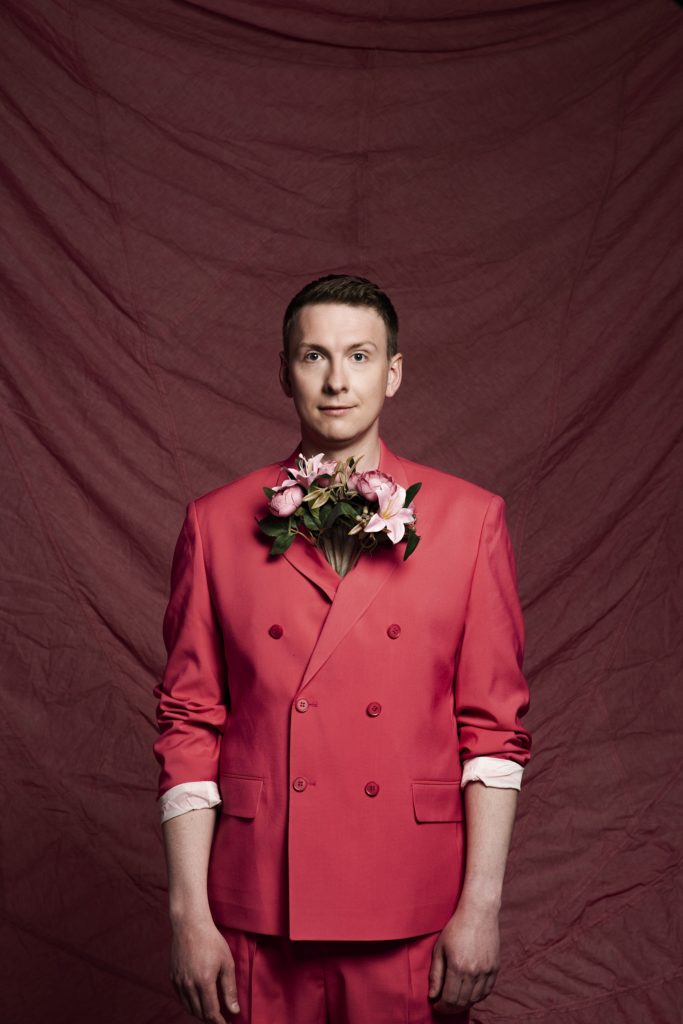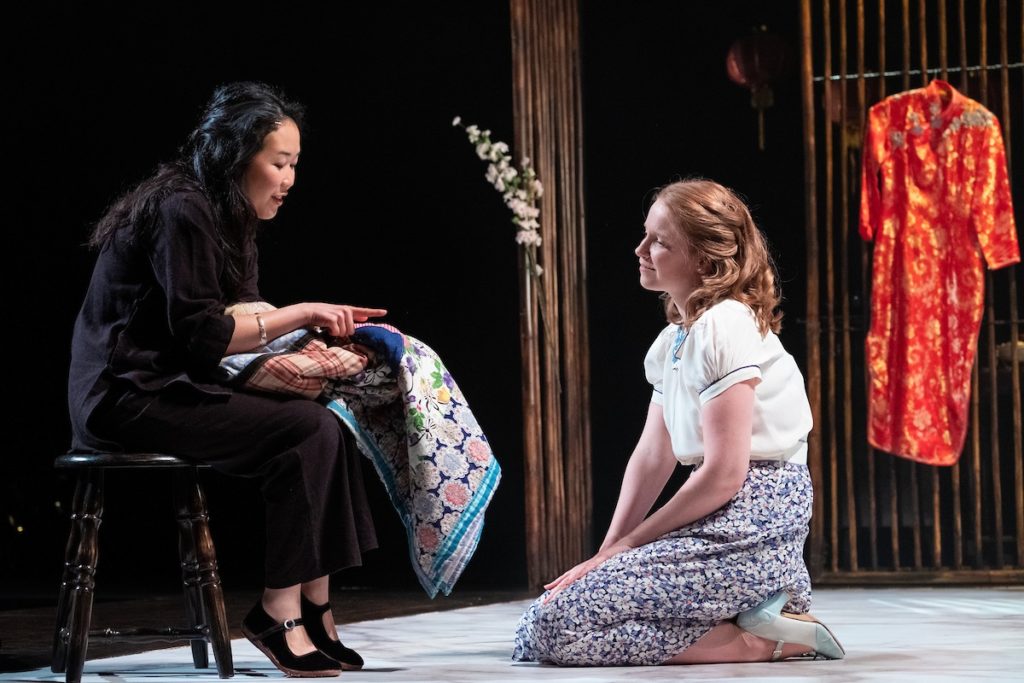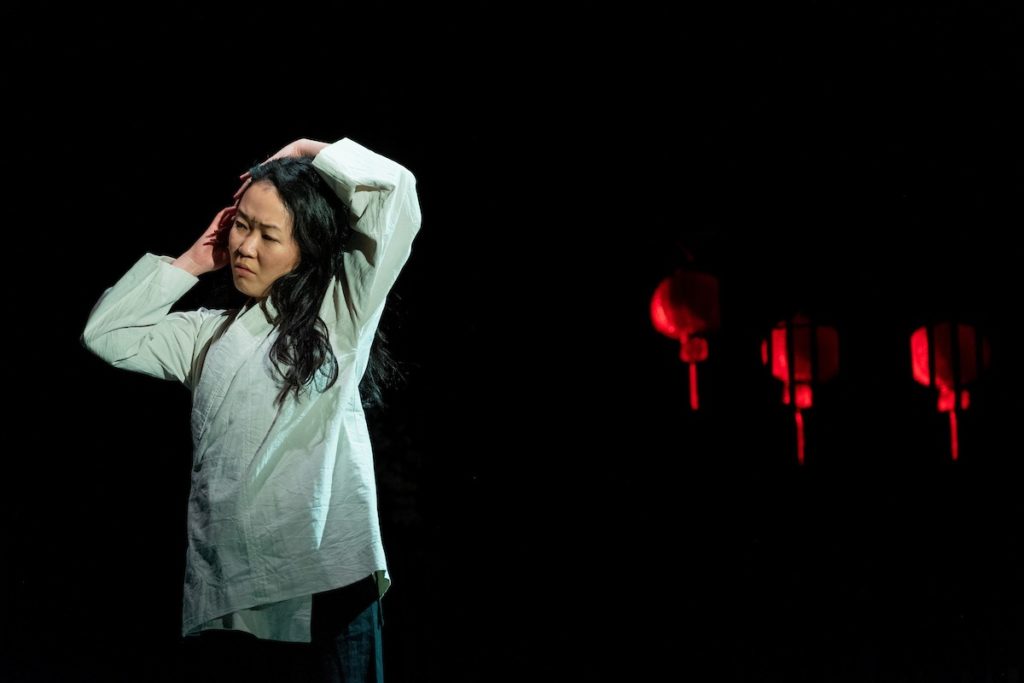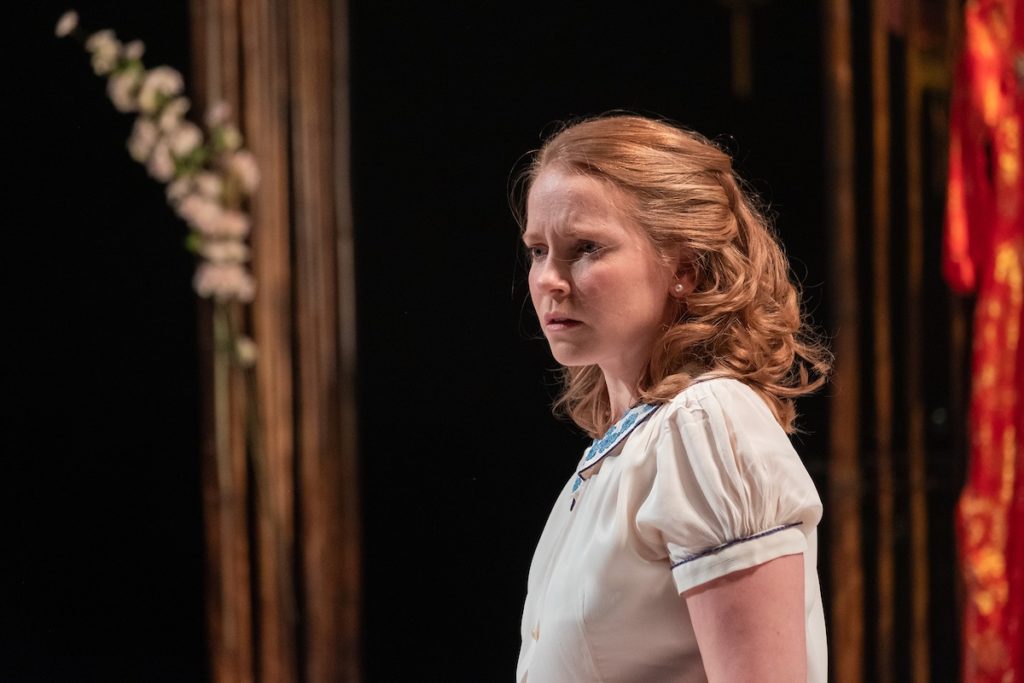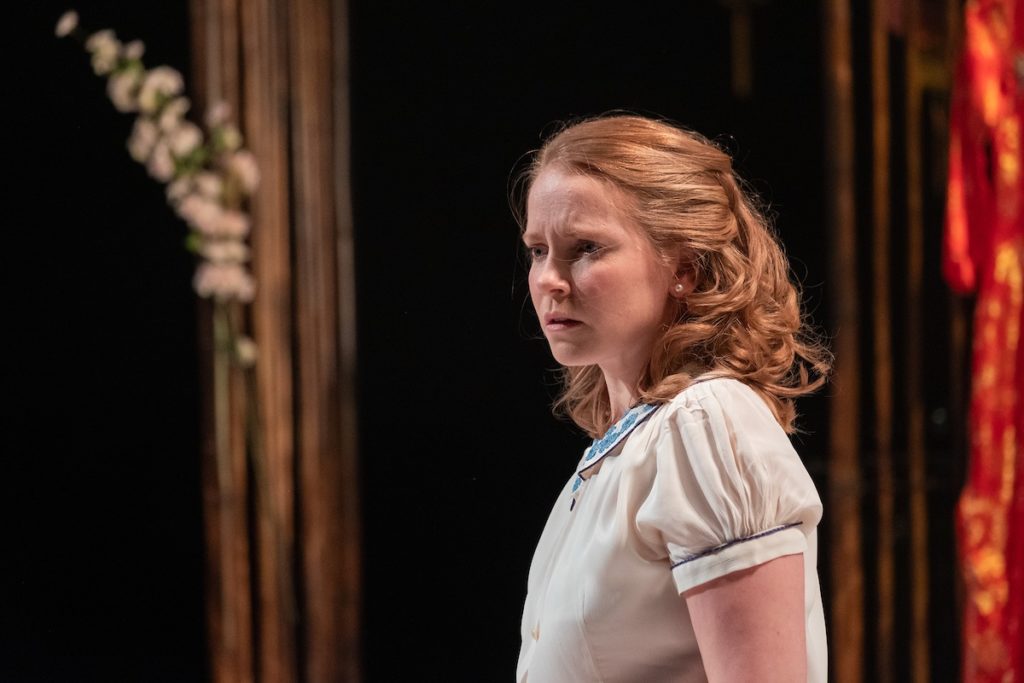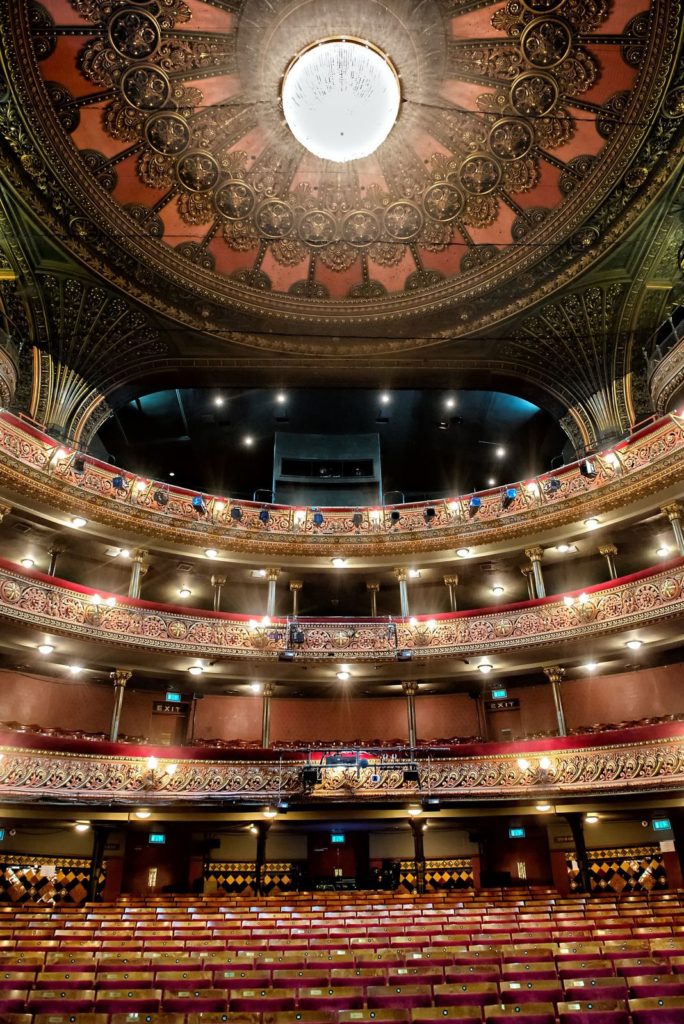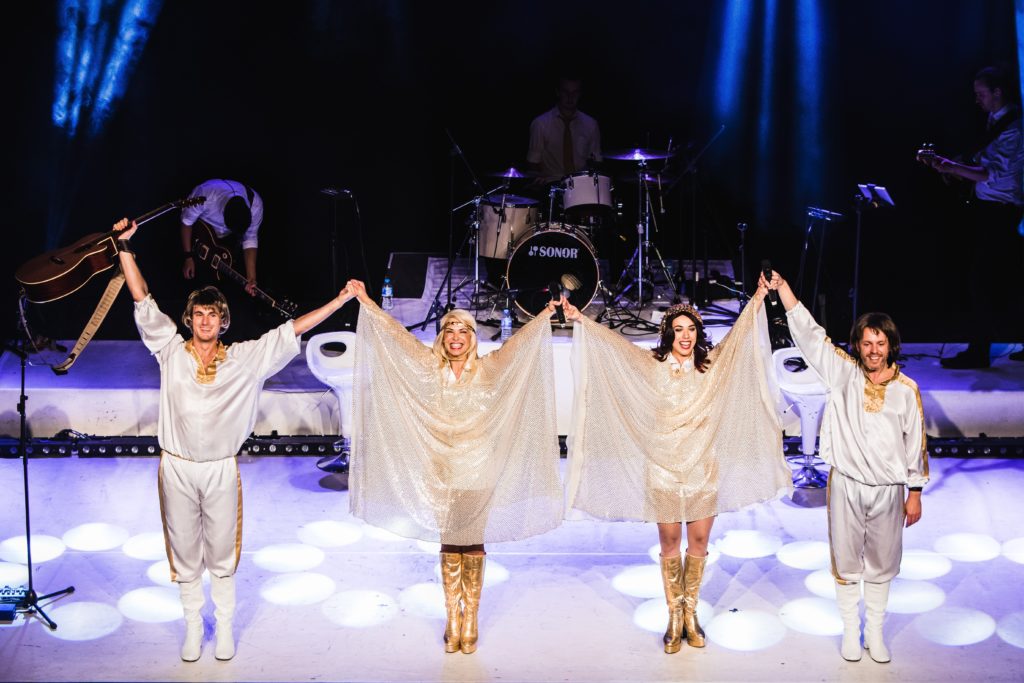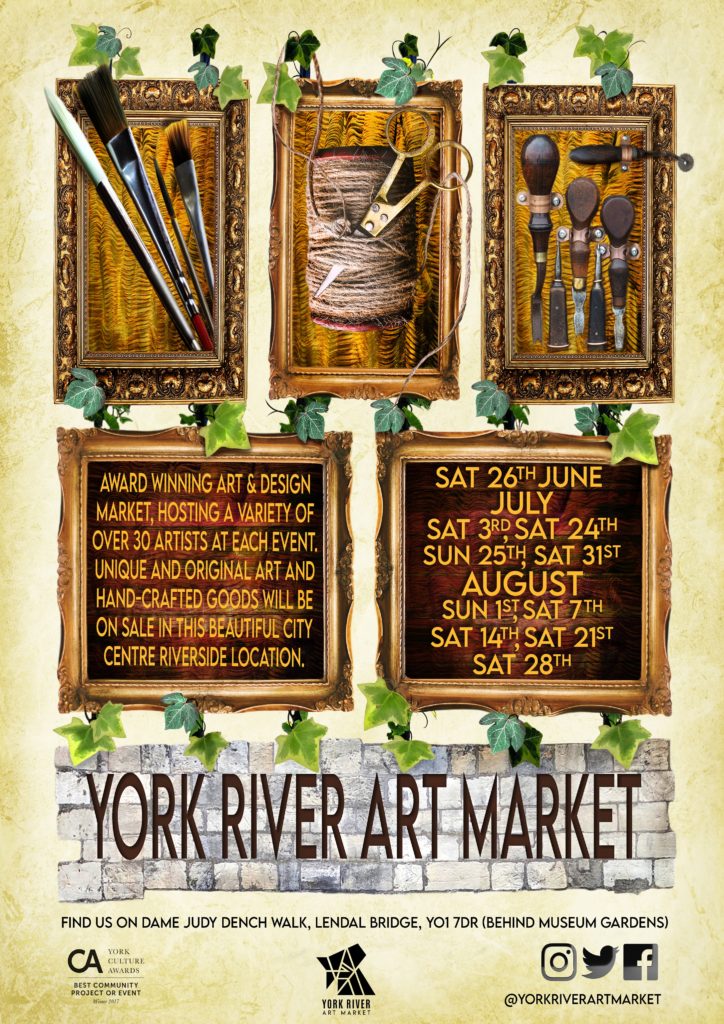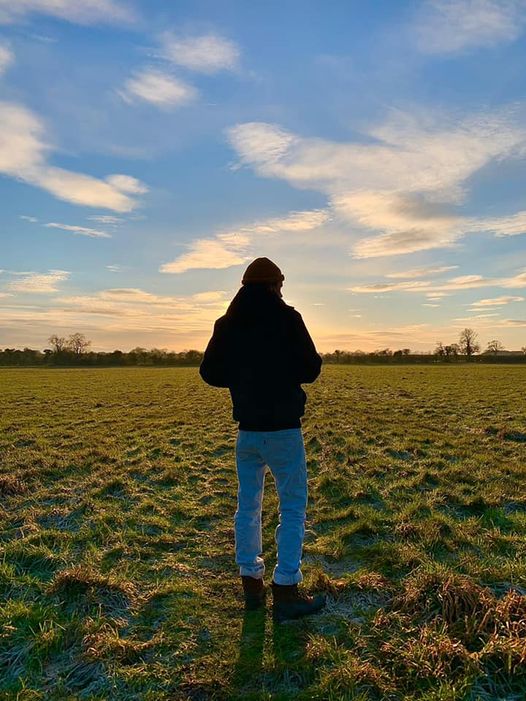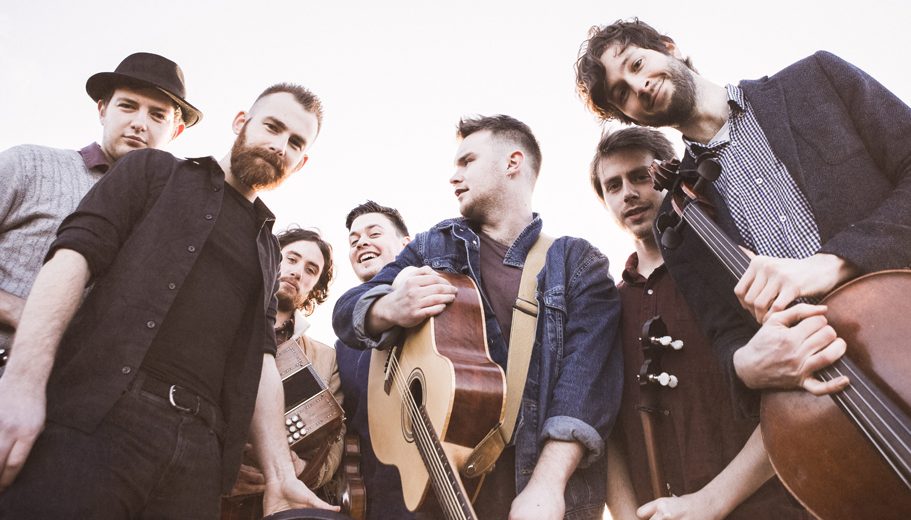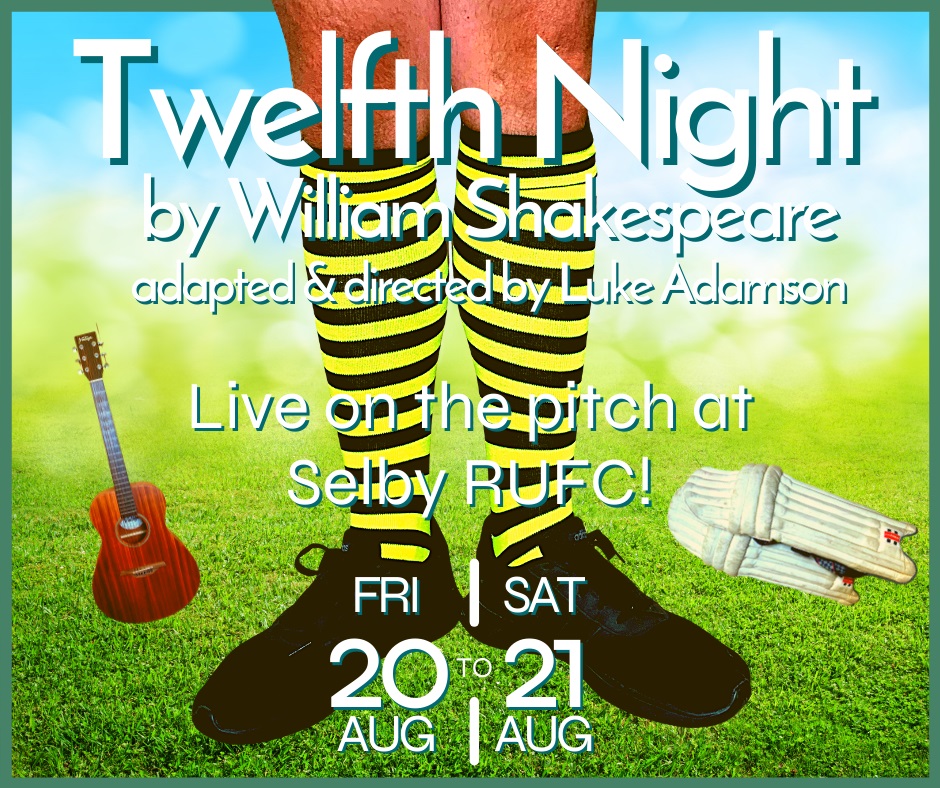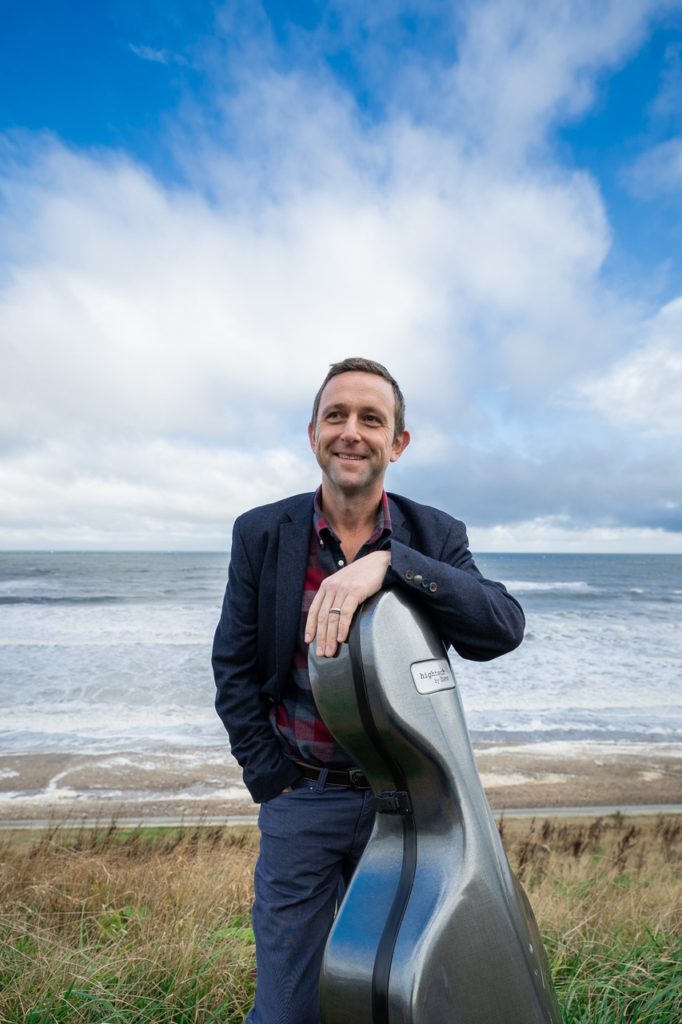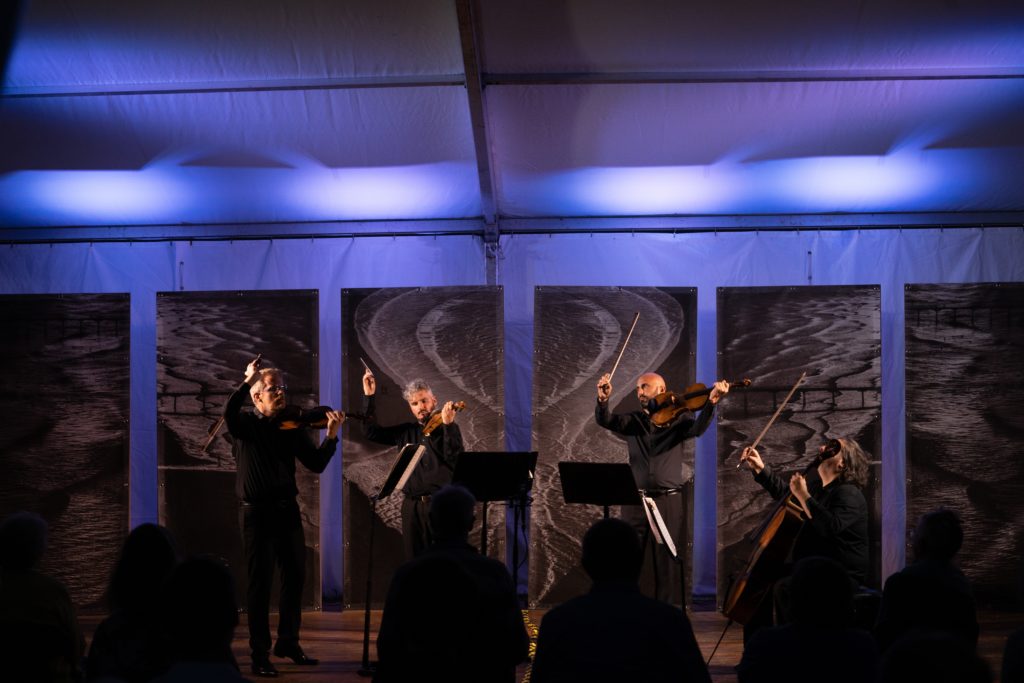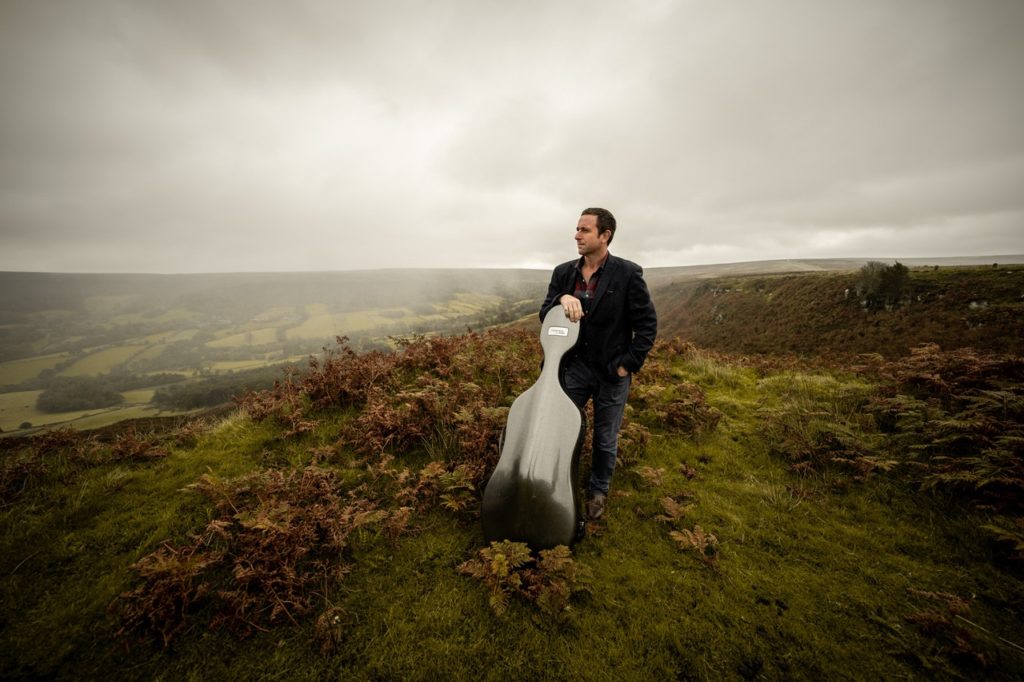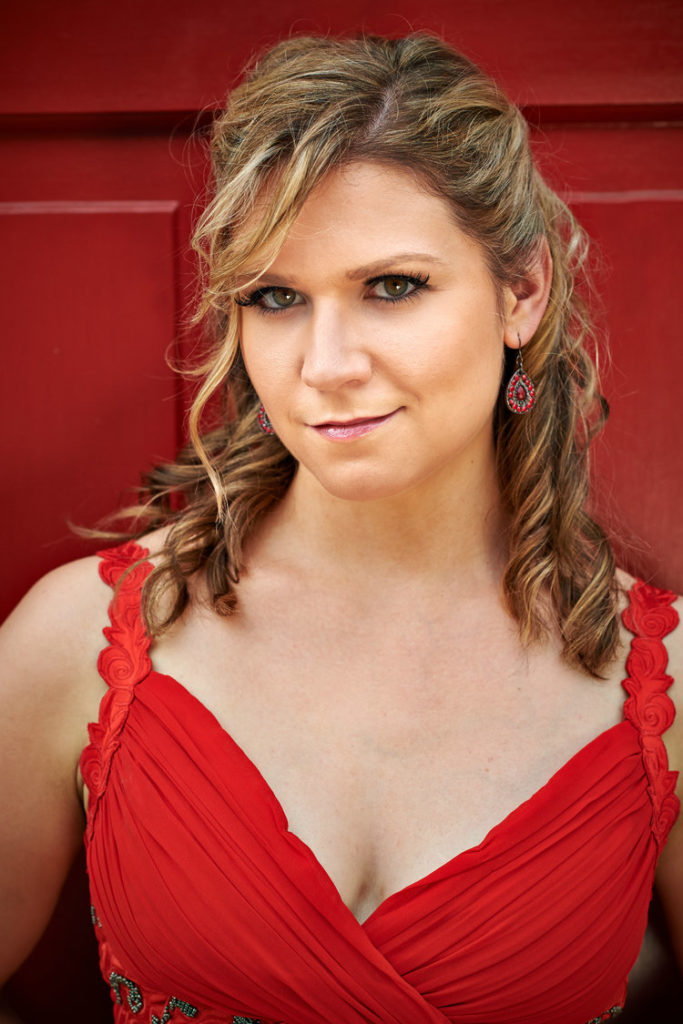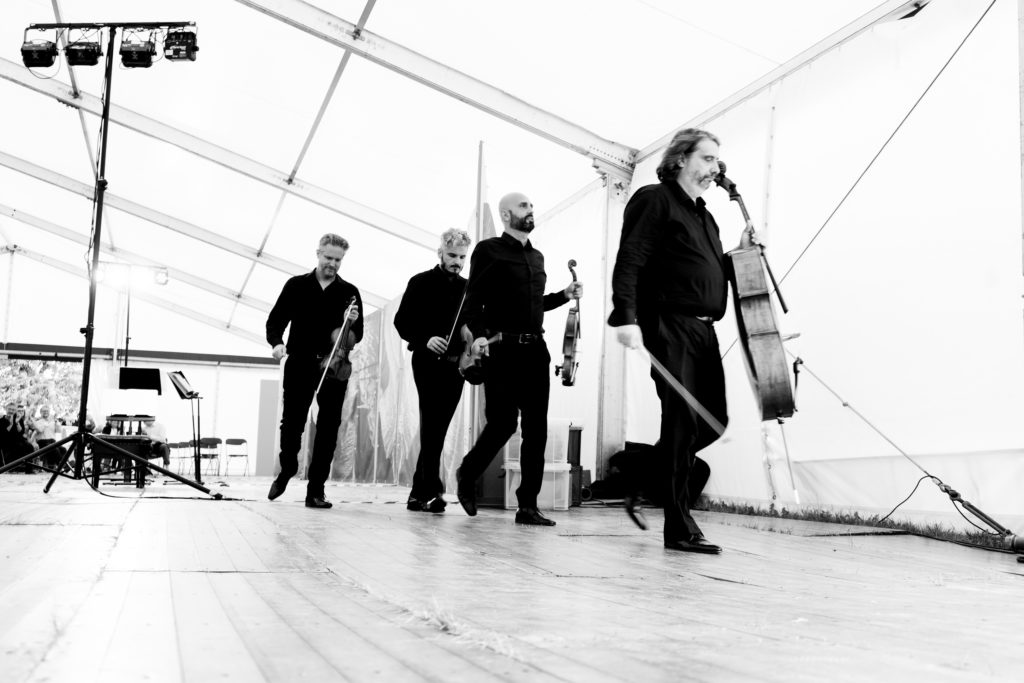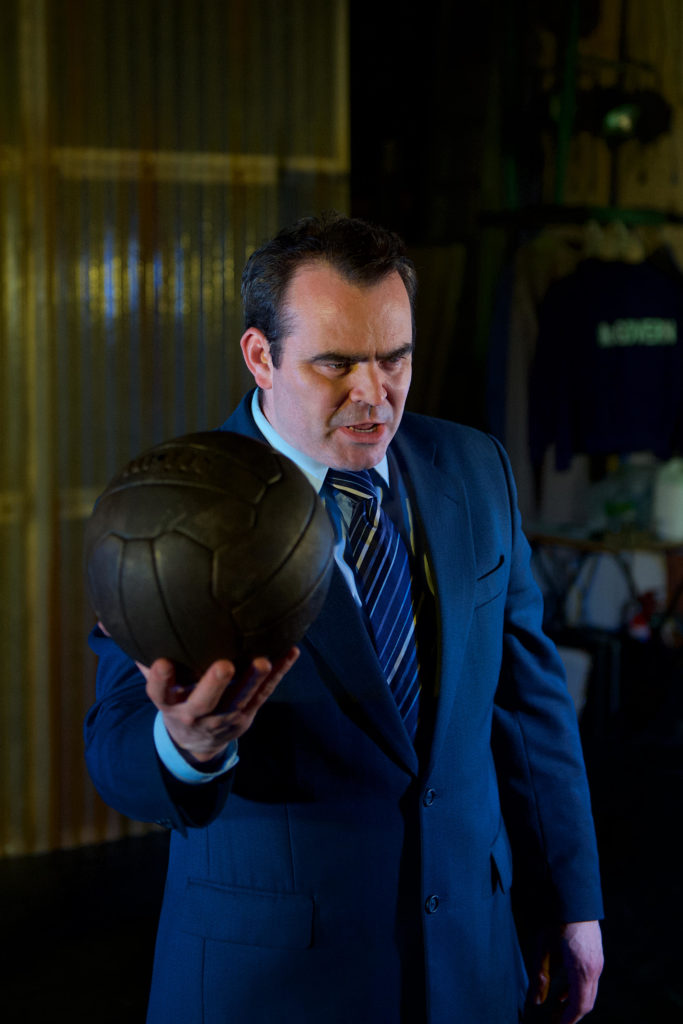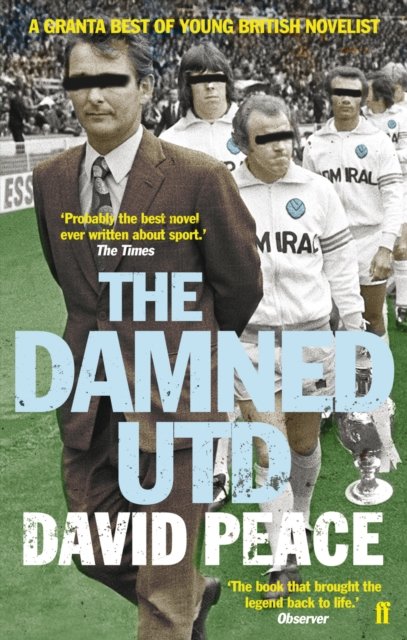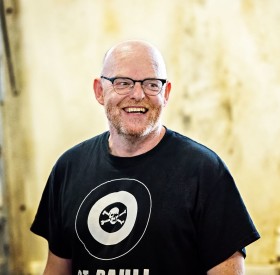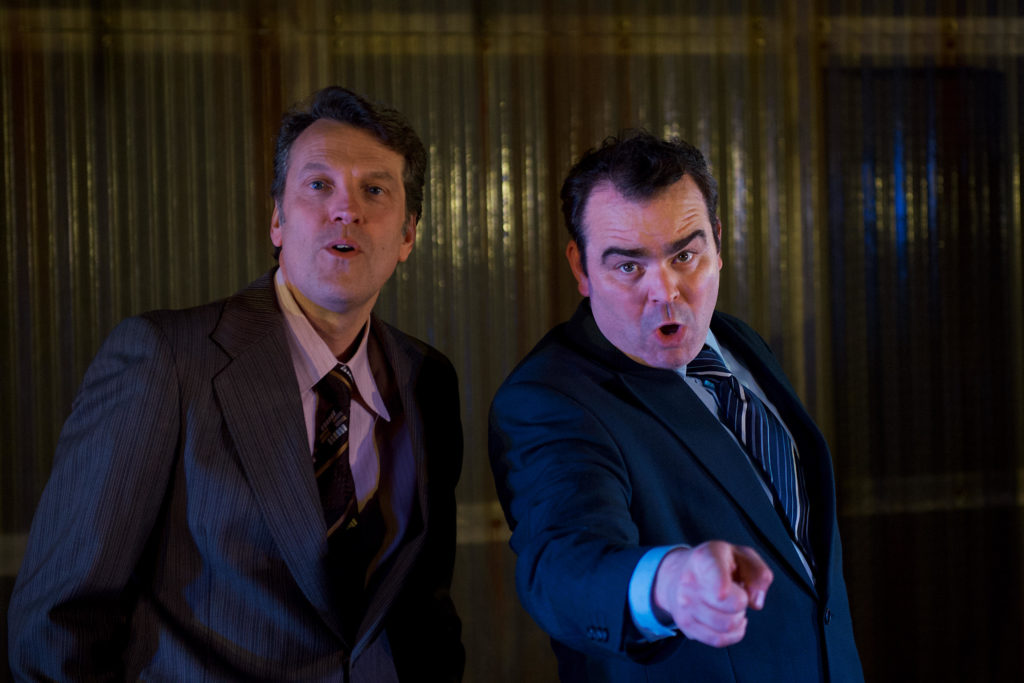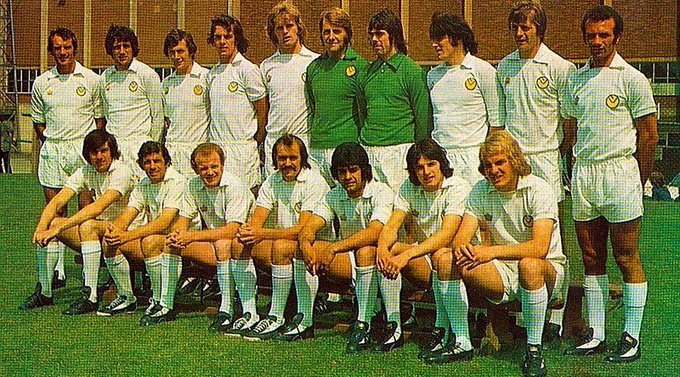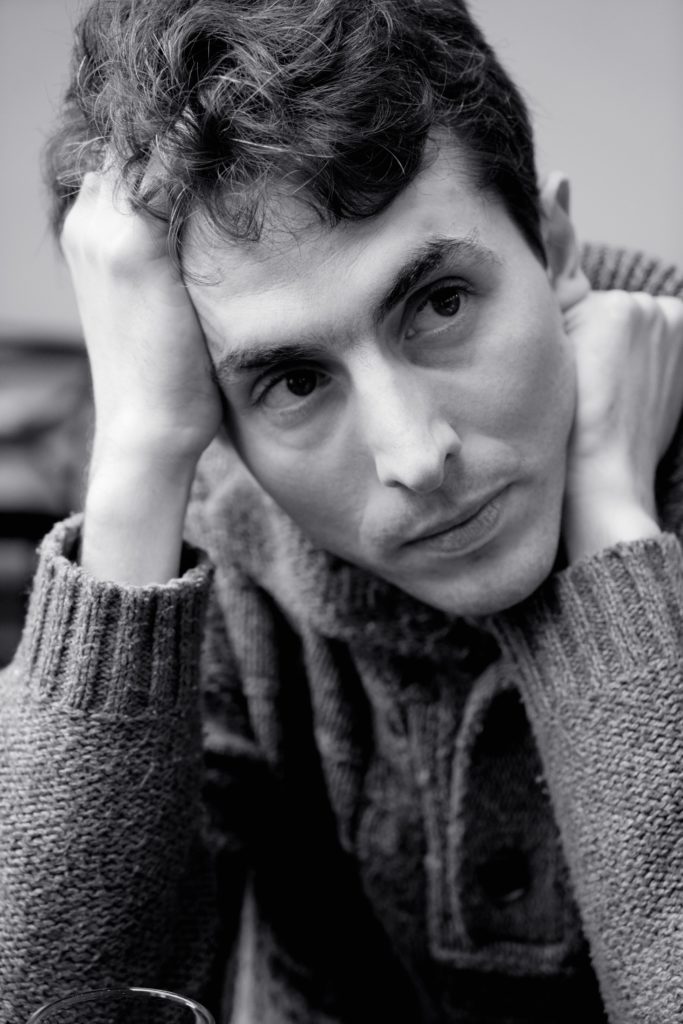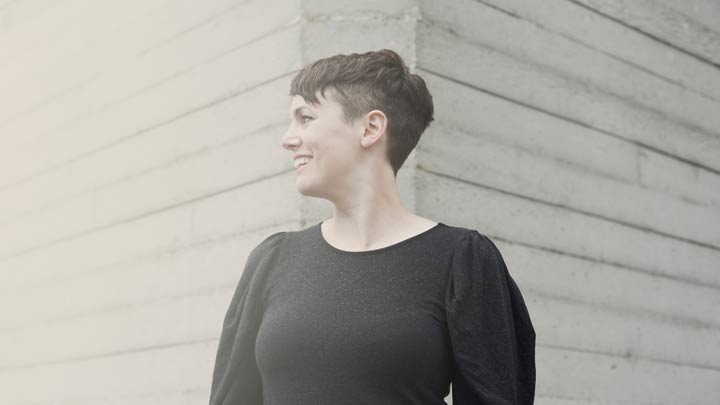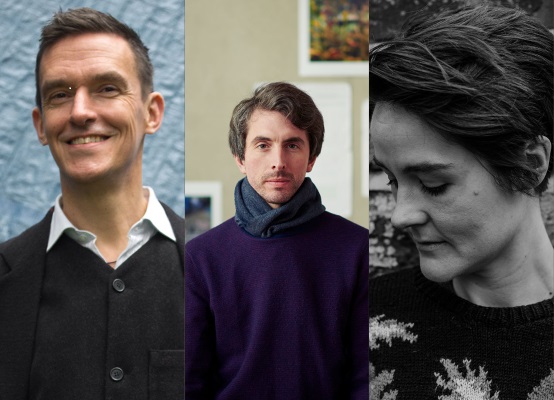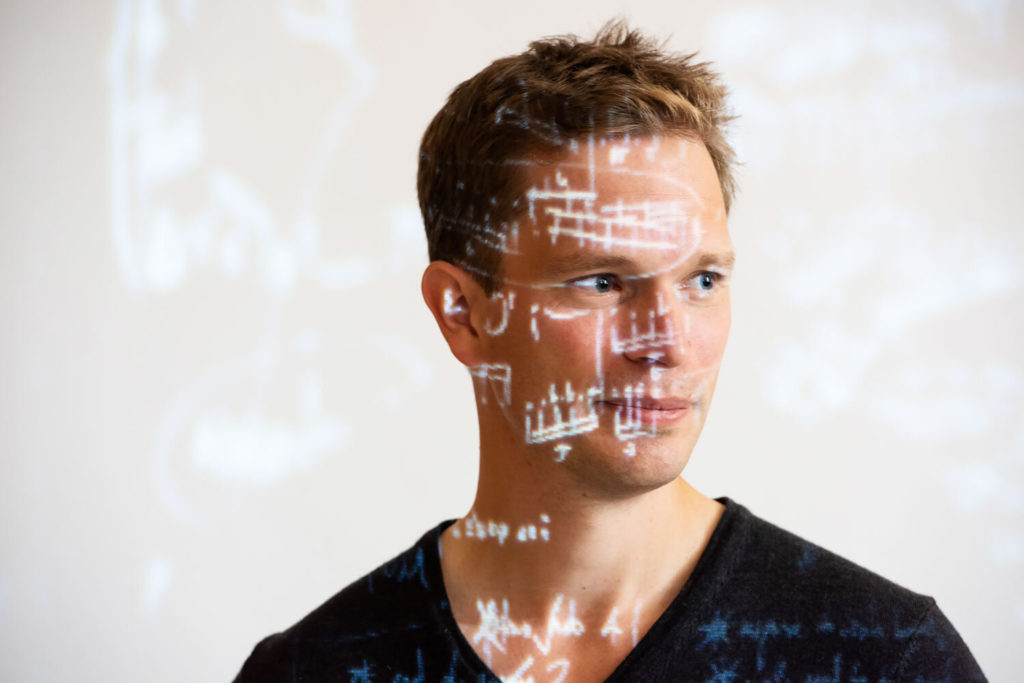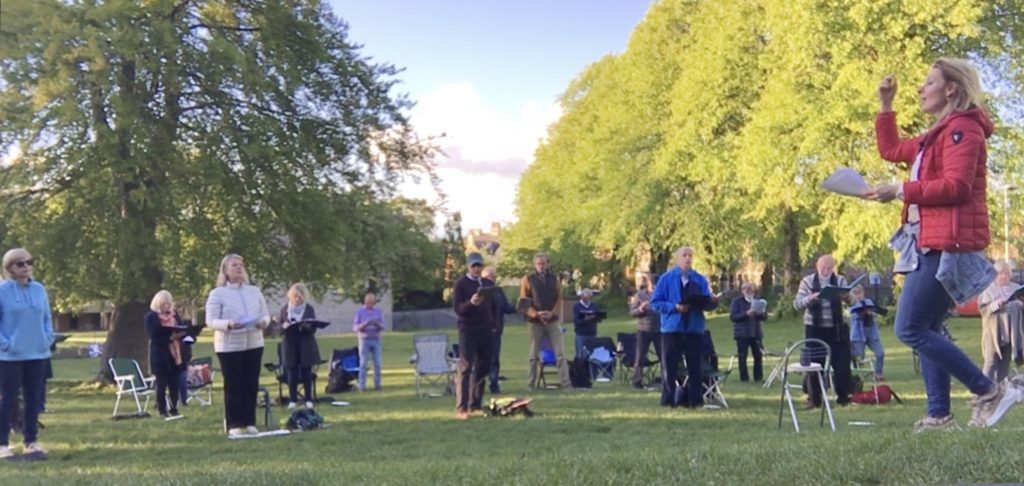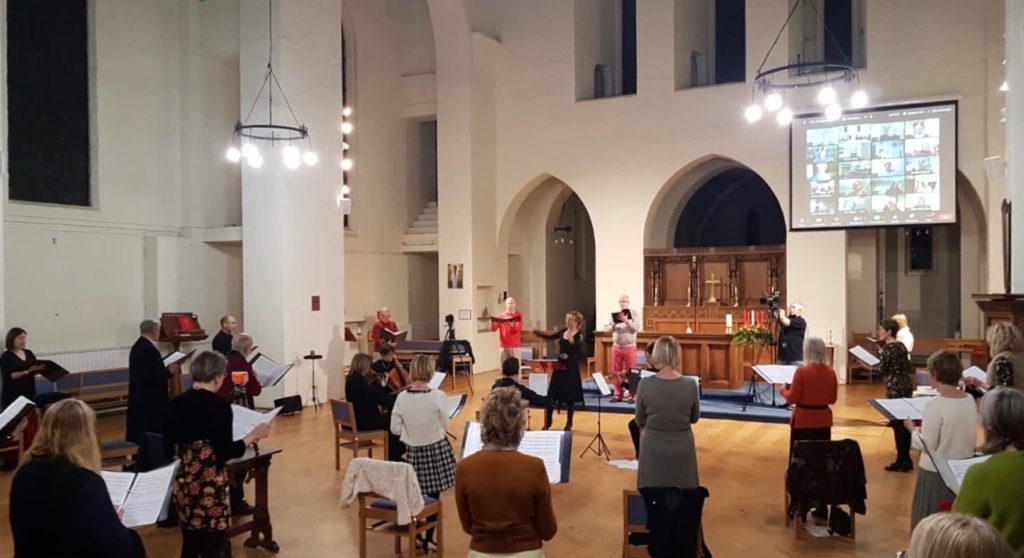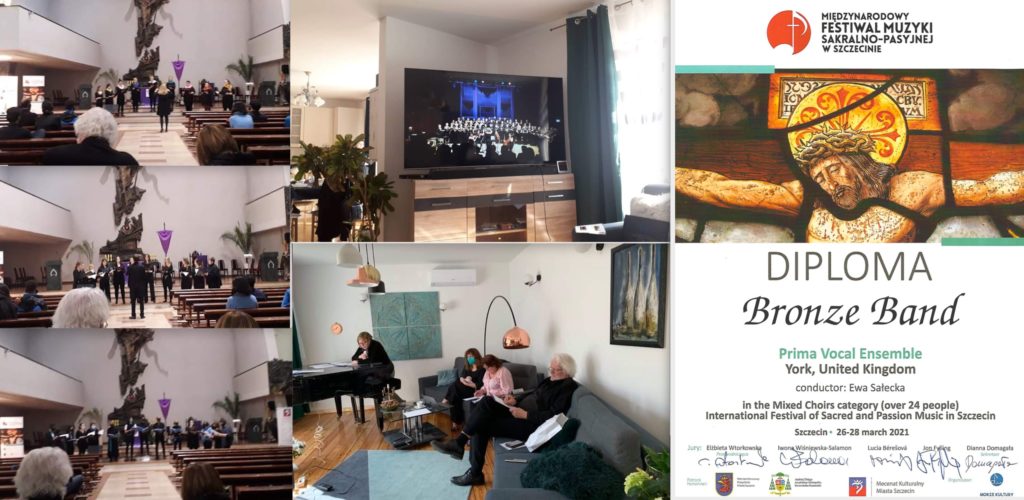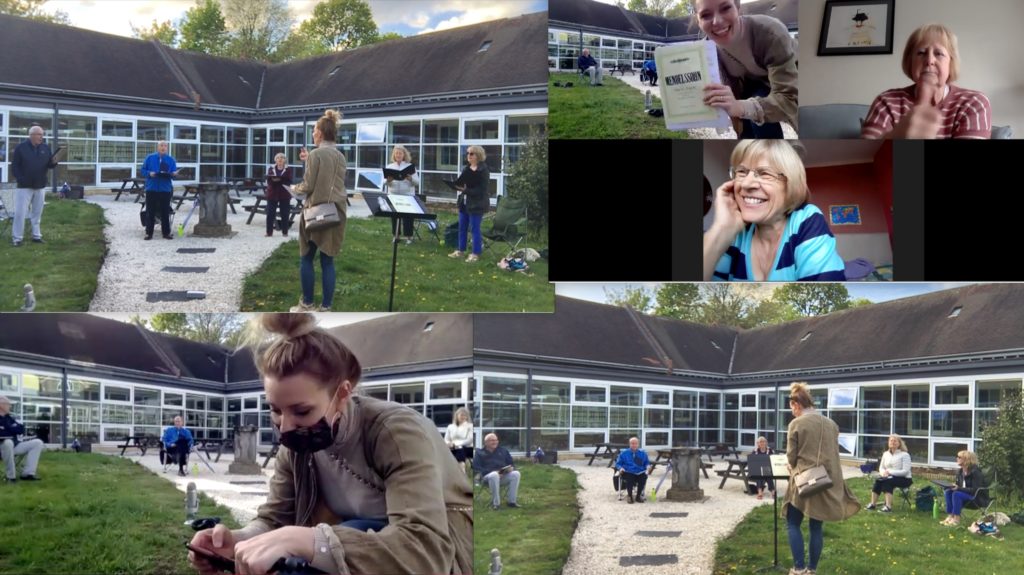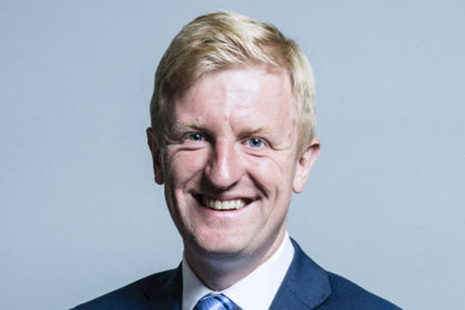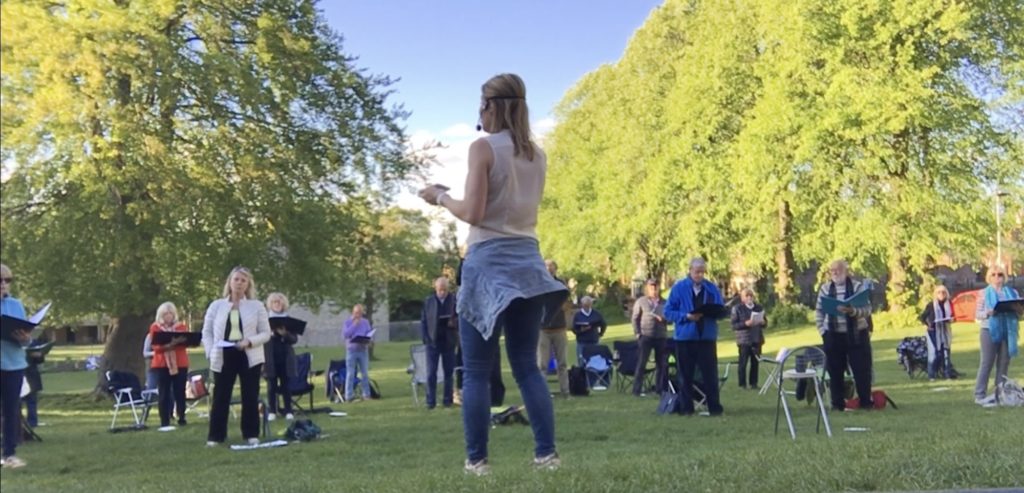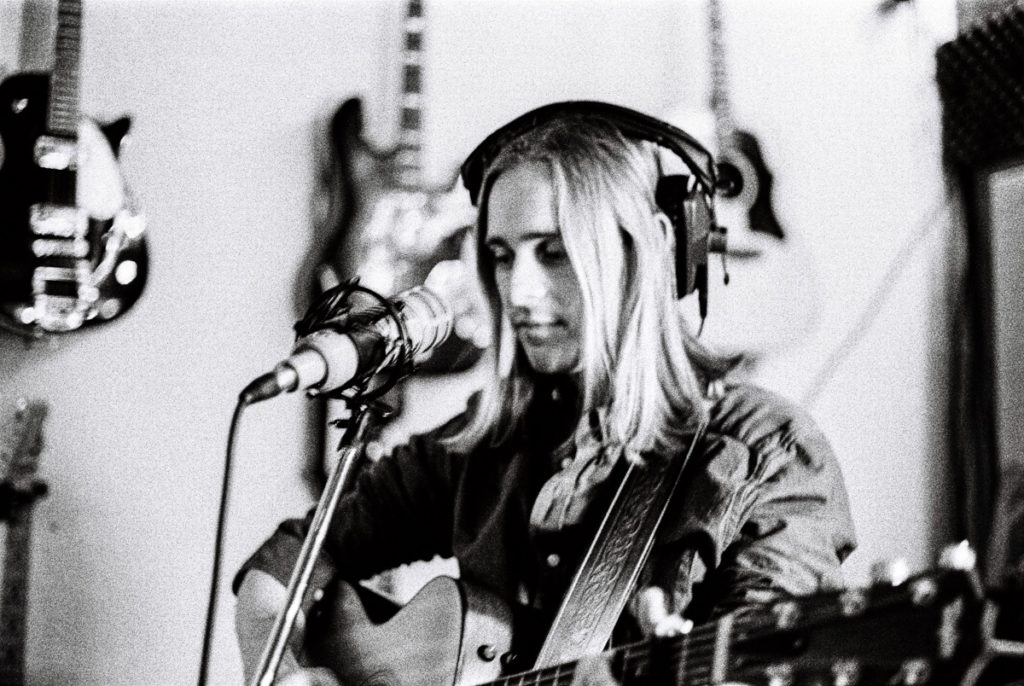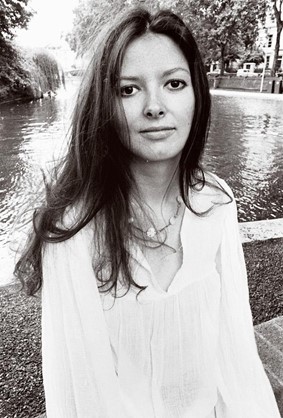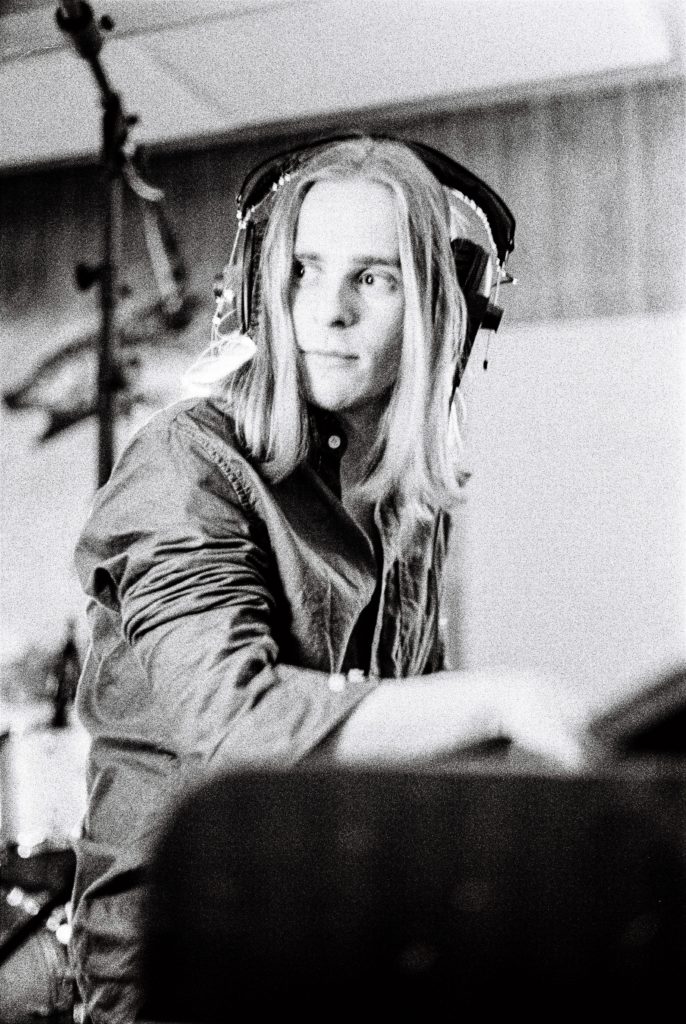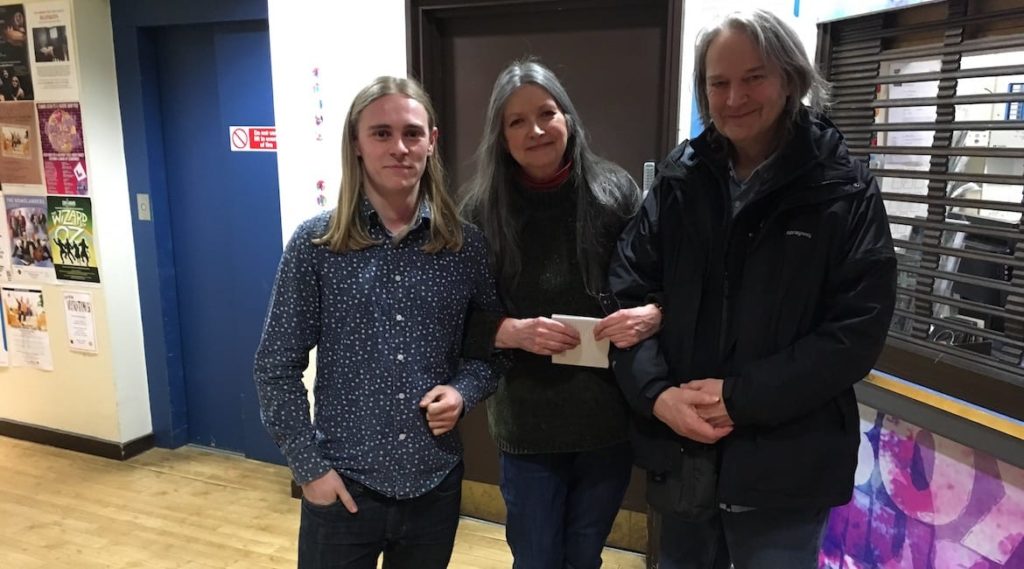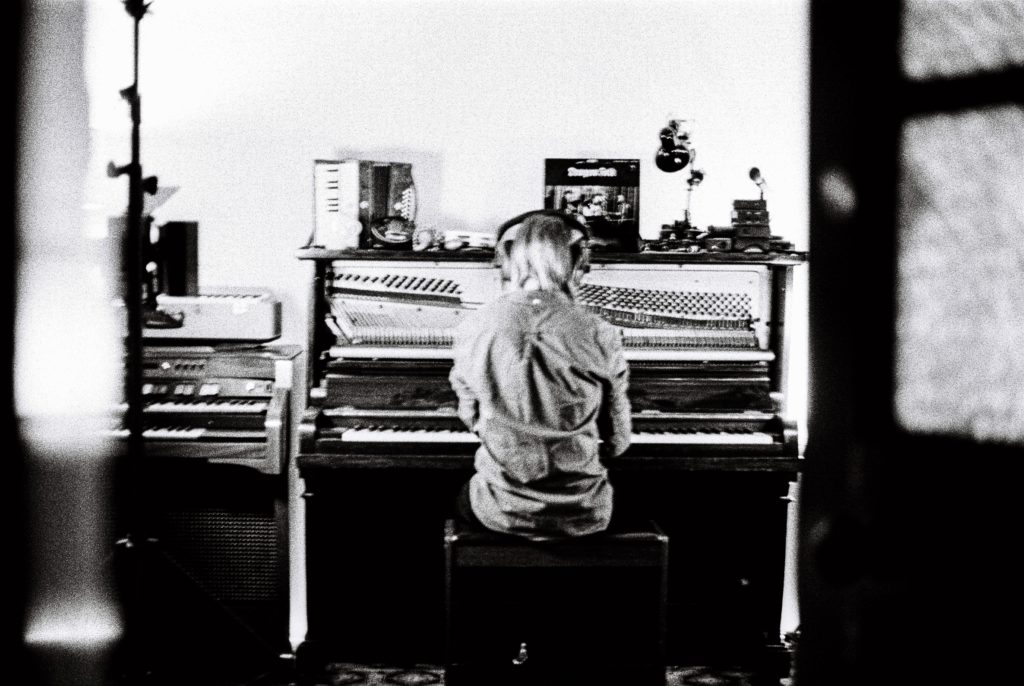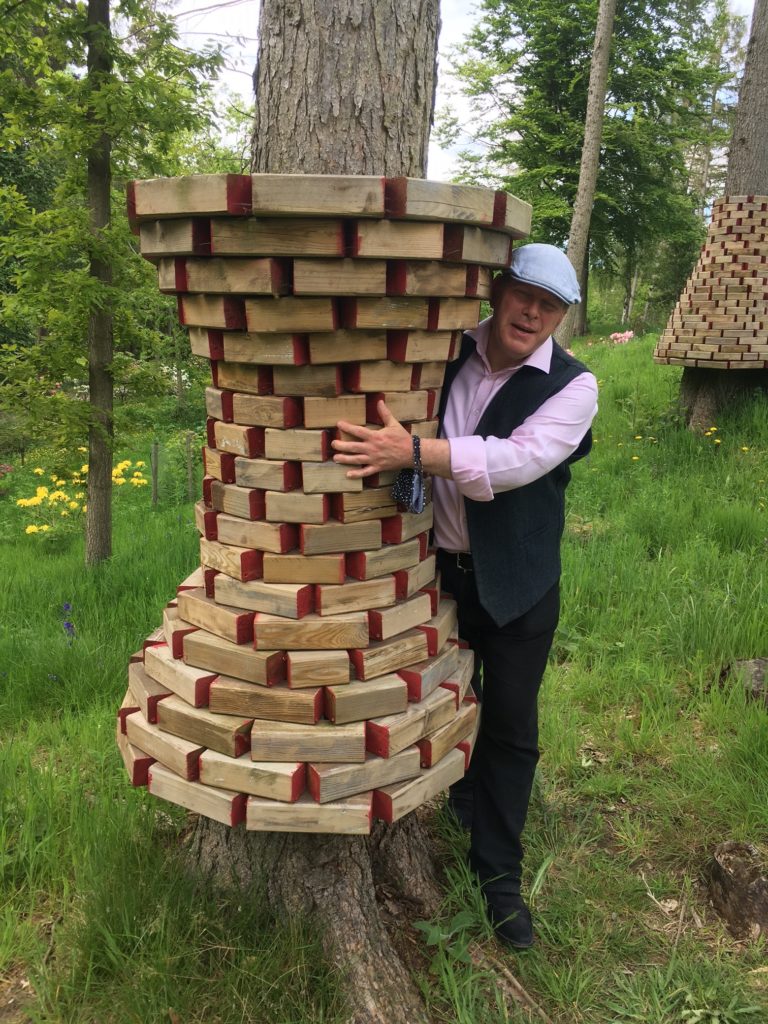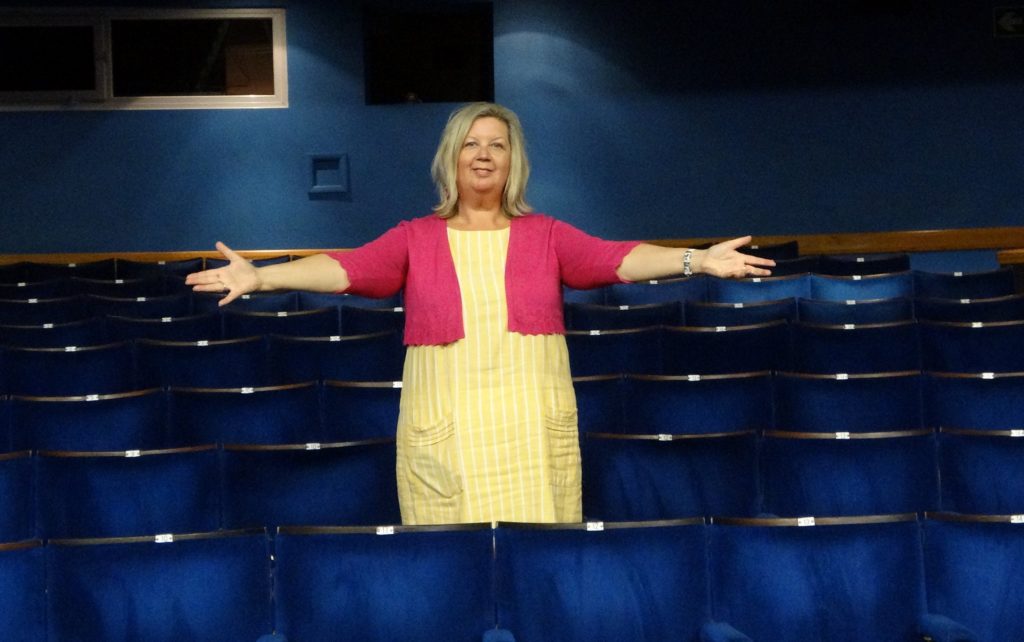
POCKLINGTON Arts Centre will reopen to the public on July 20 and film screenings will re-start on July 23, 491 days since the last performance.
Director Janet Farmer and venue manager James Duffy have chosen this date to ensure the safety of customers and volunteers.
“Over the past few months, our main focus has been planning the safe reopening of the building, ensuring all staff are trained appropriately and making sure the venue has all its new systems, resources and processes in place and working well,” says Janet.
“We have sought feedback from staff, volunteers and customers and this will be vital to the success of this process. Our main aim is to ensure the visitor experience at Pocklington Arts Centre (PAC) is safe, secure and enjoyable.”
In late-March 2020, the East Yorkshire venue launched a crowdfunding page, raising more than £18,000 in under a month, followed by successful funding applications to the Smile Foundation’s I Am Fund and the Government’s Culture Recovery Fund.
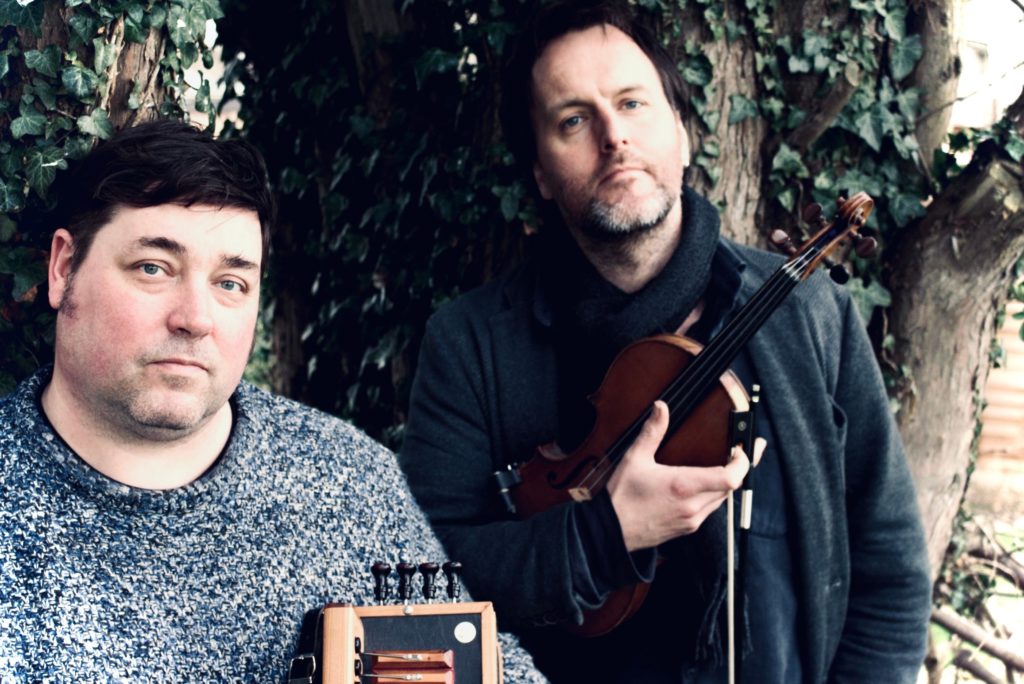
Janet says: “I would like to thank our customers, in addition to Pocklington Town Council, the Friends of PAC, the Smile Foundation, Arts Council England and the Music Venue Trust for their collective support over the past year.
“It has been a very difficult time for everyone, but their kind words, financial support and continued interest in all things PAC has meant a great deal and helped carry the venue through these extraordinary times.”
Staff have rescheduled forthcoming events for the autumn and winter, transferring more than 4,000 tickets and refunding customers for 20-plus cancelled events.
“Throughout the closure period, we have stated our determination to emerge from the situation more vibrant than ever and our autumn and winter programme is a testament to that,” says Janet.
“2021/22 will see a fantastic range of live events being staged here, alongside our trademark diverse mix of film screenings, live broadcasts, exhibitions, community events and private hires.”
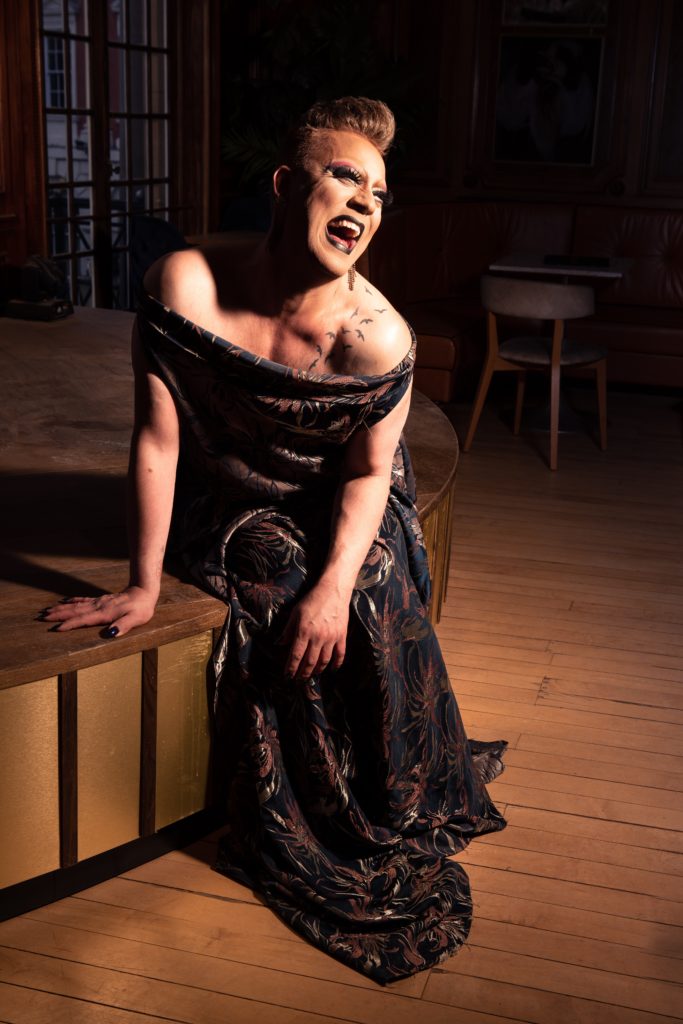
In the diary are Grammy Award winner Loudon Wainwright III, September 24; Northumberland Theatre Company (NTC) in Oscar Wilde’s “trivial comedy for serious people”, The Importance Of Being Earnest, September 30; North Eastern gypsy folk-rockers Holy Moly & The Crackers, October 16; Oxford singer-songwriter Thea Gilmore, October 7, and Irish jazz/blues chanteuse Mary Coughlan, October 19.
Bellowhead alumni and BBC Radio Folk Award winners Spiers & Boden are booked in for October 20; Red Ladder Theatre Company, from Leeds, in Nana-Kofi Kufuor’s My Voice Was Heard But Was Ignored, for November 25; television and radio broadcaster and author Jeremy Vine, November 26; Welsh singer-songwriter Martyn Joseph, December 2, and York drag diva deluxe Velma Celli, December 3.
Confirmed for 2022 are An Evening With Julian Norton, from Channel 5’s The Yorkshire Vet, January 18; singer-songwriter Teddy Thompson, January 22;Welsh guitarist, songwriter, vocalist and former Amen Corner cornerstone Andy Fairweather Low, February 11, and Eighties’ pop singer and actress Toyah Willcox, March 3.
PAC’s two open-air acoustic concerts in Primrose Wood, Pocklington, with Martin Simpson and Katie Spencer on July 1 and The Dunwells and Rachel Croft on July 8 will go ahead despite the Government’s Step 4 roadmap delay, but now under social-distancing restrictions. Both 7pm shows have sold out.
Janet says: “We always knew this was a possibility when the shows were first planned and there’s sufficient space for people to enjoy the event safely, while experiencing the atmospheric setting of Primrose Wood.”
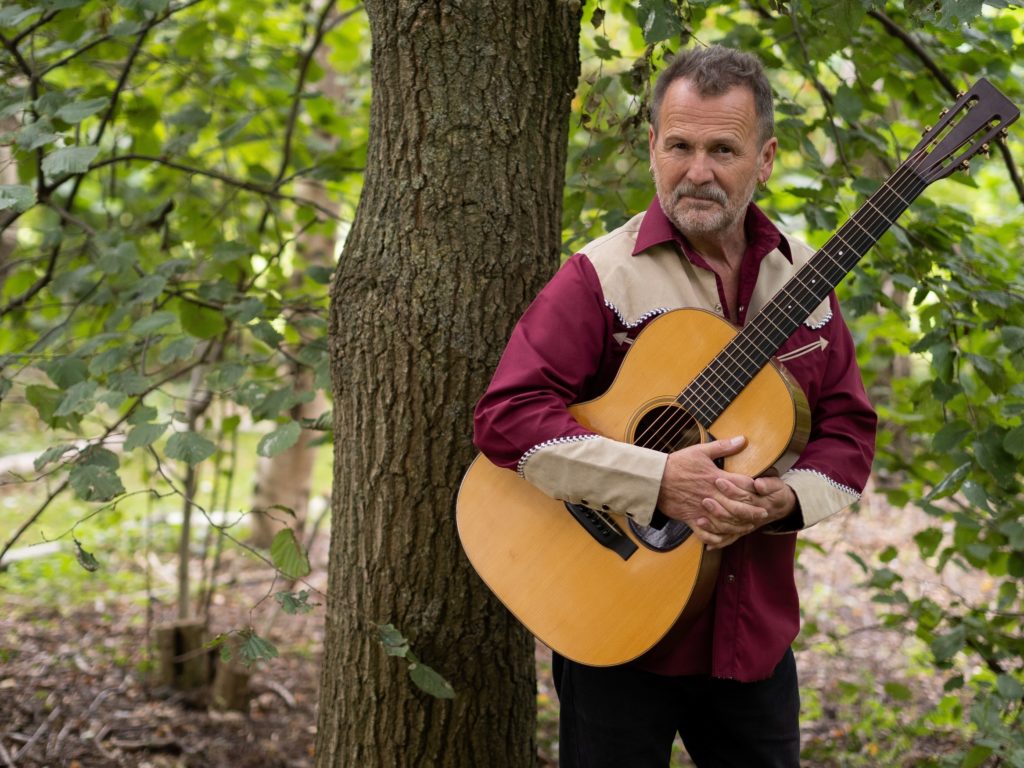
PAC increased its online artistic output during the pandemic, staging 18 events to more than 9,000 audience members.
In addition, a series of outdoor exhibitions has been held by PAC across the region. York artists Sue Clayton and Karen Winship have shown work at All Saints’ Church, Pocklington, and Sue will be following Karen into Hull Waterside and Marina. Those attending the York Vaccination Centre at Askham Bar can see her Down Syndrome portraits in the Tent of Hope.
“We felt it was vitally important to have continued customer engagement throughout the prolonged closure period and the public response to these events and exhibitions has been very positive,” says Janet.
“We’re also very much aware there’s no substitute to watching a live performance, in person, and sharing this experience with fellow audience members.
“Everyone at PAC is now counting down the days until the doors can reopen and we can welcome customers back. It’s been a very long interval and we can’t wait for the second half to begin.”
For full event listings and ticket details, go to: pocklingtonartscentre.co.uk.


